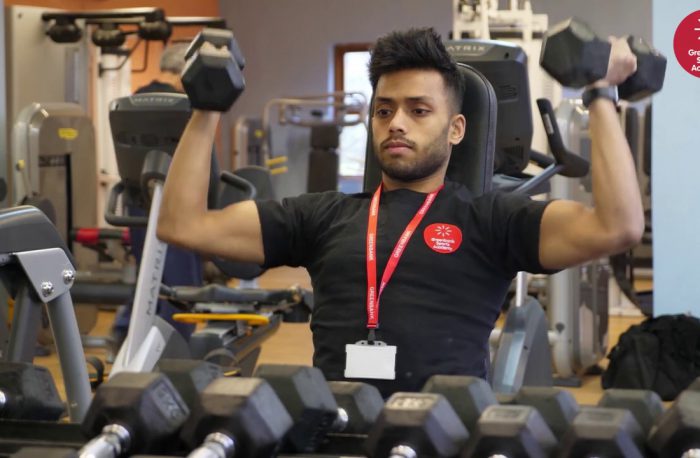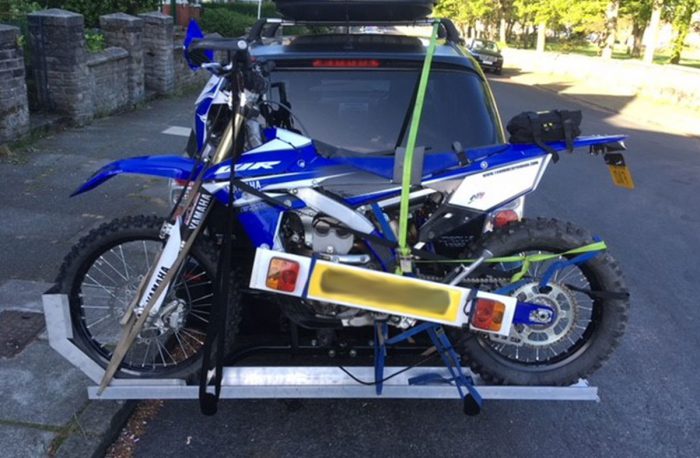Norton Priory Museum and Gardens
Norton Priory Museum and Gardens is the most excavated monastic site in Europe. Once home to a medieval church, the museum displays thousands of objects discovered at the site, which tell the 900-year history from the priory to mansion house and stories of its inhabitants. It offers tangible links to the historical events of Cheshire and offers insights into archaeology, history, art, literacy, and the natural world.

CHALLENGE
Norton Priory has many artefacts that are fragile and thus kept in a dedicated storage area which has a controlled environment. To make the experience interactive, they would like to be able to allow visitors the opportunity to handle artefacts, however, due to the fragile nature this is not possible. They would also like to record the artefacts digitally as a means of their preservation. They have considered that new technologies in scanning and additive manufacturing, might enable them to achieve both these things.
SOLUTION
Science and Technology Facilities Council engineers visited the museum and laser-scanned two artefacts to achieve a digital copy. The digital copy was initially created and recorded in a 3D space. The data points in the digital copy record position relative to each other as well as colour and texture.
This virtual model was used by software engineers for 3D scanning. They converted the digital copy to 3D geometry; a solid shape with colours and textures was applied to the face. This was then prepared for 3D printing and an exact replica was 3D printed using STFC’s newest piece of additive manufacturing equipment, the J55 Prime.
IMPACT
Norton Priory now has a digital replica of the artefact which can be used to 3D print digital images and physical models. It is a digital record of the artefact that can be stored securely. They also have 3D printed replicas which have the look and feel of the artefact, as they are made from a durable polymer and can be used interactively with the public.
Following the success of the project, Norton Priory is now engaging in further projects using new digital technologies to preserve history and promote engagement.
Click here for the downloadable case study
We know from visitor and user feedback that the experience of handling museum objects is very meaningful and impactful. Having accurate 3D printed models of artefacts from our significantly important archaeological collection is extremely powerful in developing the visitor experience. It enhances learning and engagement and allows physical access to material which would not normally be offered for handling.
The added benefit of the STFC partnership is that we are not only able to make replicas which look and feel the same as the real thing, but we can now present objects that show internal structures. This is extremely valuable for example in our research into Paget’s Disease of Bone; a condition which was prevalent in the medieval period and is still the second commonest bone condition today after osteoporosis.
Lynn Smith – Senior Keeper of the Norton Priory Museum Trust



